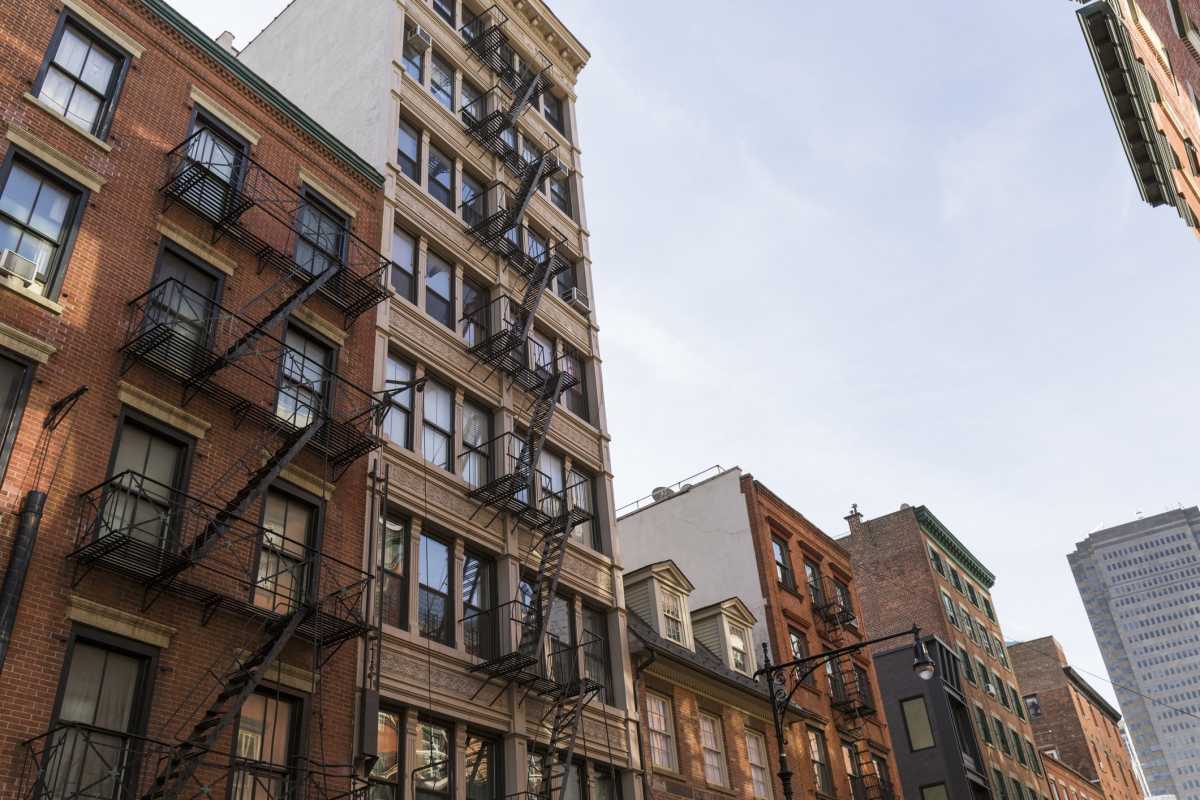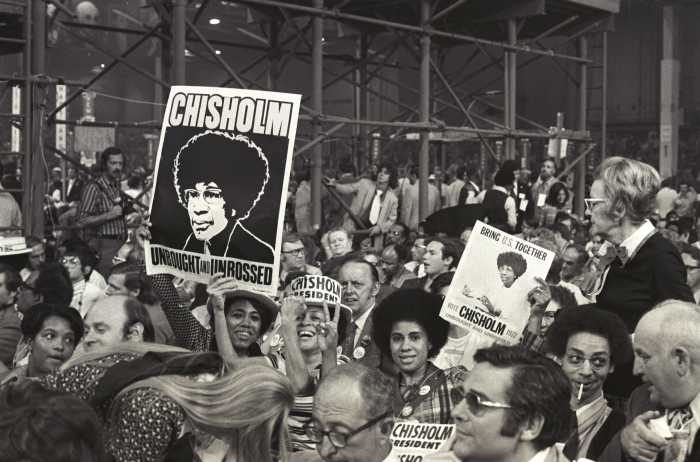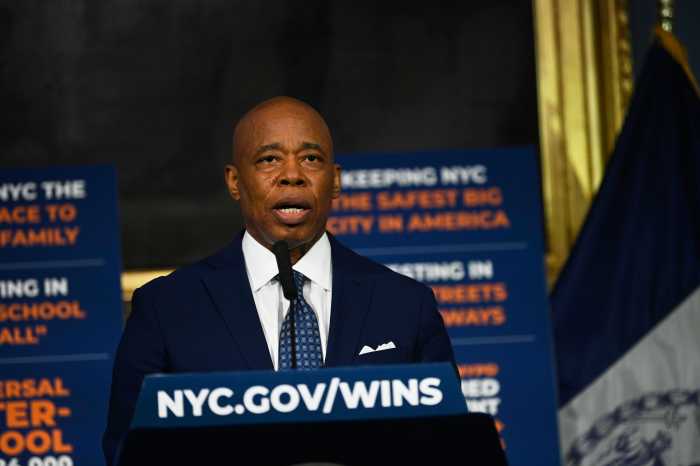New York City is in the midst of a housing crisis. The cost of maintaining old apartment buildings continues to skyrocket, the number of distressed buildings has been ticking up every year since 2019, and rent-stabilized multifamily loan defaults are dominating the headlines. In 2024, it’s going to get even worse if the state legislature and the governor do not take immediate action to protect the long-term viability of aging rent-stabilized buildings.
But if 2023 is a prelude of what’s to come, then we are in trouble. At the end of 2023, Gov. Kathy Hochul signed a bill that makes a complicated regulatory system even more difficult to operate under, and will cost struggling rent-stabilized buildings hundreds of millions of dollars more on legal costs. Since 2009, rent-stabilized buildings have seen attorney fees and settlements skyrocket in the wake of landmark decisions from the Court of Appeals related to a widely used tax benefit program known as J-51. It’s a complicated issue, but the short version is that housing providers were following DHCR rules that were invalidated by the court and hundreds of thousands of apartments had to have their legal rents and regulatory status adjusted. But the Court did not provide instructions on how to recalculate rents in affected apartments.
Since then, tenant attorneys have continuously argued for punitive rent setting formulas and millions of dollars in penalties to be imposed against owners who followed DHCR’s guidance. The windfall-seeking attorneys argue that building owners were engaged in a fraudulent scheme to raise rents. Appellate courts have been dismissing these cases and earlier this year, the Court of Appeals affirmed that there was no reason for penalties or findings of fraudulent activity in these situations.
But the Governor and legislature has eliminated the clarity provided by the Court and opened a whole new world of legal ambiguity. Rent-stabilized buildings will now have to spend even more money on legal fees to try and defend their past practices, which were approved by the state government for decades.
This bill doesn’t apply only to bad actors. Every rent-stabilized building in the city is now open to be scrutinized for overcharges. One case impacted by this bill is Aras v. B-U Realty Corp. Based on an overly punitive rent calculation method and penalties, the housing provider was found liable at the lower court for $1.1 million in overcharges, not counting an additional 9% interest, for only six apartments. The Appellate Division overturned the lower court’s order based on Court of Appeals precedent, and common sense that one should not be penalized for following agency guidance even if that guidance turns out to be incorrect. But under the bill just signed by the Governor, this housing provider is again on the hook for millions of dollars.
Tens of thousands of apartments that have participated in the J-51 program over the last several decades could suffer the same fate. Millions of dollars that would be invested in maintaining these buildings will now go to court settlements, plunging buildings into insolvency and disrepair. Renters are the ones who will suffer.
This may be the final straw for rent-stabilized housing providers. Not only because of the massive liability it places on them for technical misunderstandings of law, but because both the legislative and executive branches of government are so unreasonable in their policies and their approach to the rent-stabilized housing stock that many have lost hope.
If the government wants to stave off this crisis, they need to take action immediately to help rent-stabilized properties.
The only realistic answer at this point is to pass LRHRA. The Local Regulated Housing Restoration Adjustment is a common sense bill sponsored by Sen. Leroy Comrie and Assemblyman Kenny Burgos. It would give rent-stabilized housing providers a way to improve building revenue without forcing higher rent increases on any existing tenants. It would also incentivize the creation of tens of thousands of lead-free rent-stabilized homes for New Yorkers without costing the government a penny.
If lawmakers want to preserve rent-stabilized housing, they have to do something and they have to do this coming year. Rent-stabilized housing will not survive unless there is a shift in policy that encourages reinvestment into these buildings. The government cannot simply focus on new development and tenant protections without ensuring the existing building stock will continue to be maintained and upgraded. The recently signed bill has pushed these buildings past their breaking point. Unless LRHRA is included as part of any housing deal, the rents won’t be the only thing returning to what they were in the 1980s.
Jay Martin is the executive director of the Community Housing Improvement Program (CHIP), representing the owners and operators of roughly 400,000 rent-stabilized apartments.






































